I Refuse to Sacrifice My Retirement Dream for My Unemployed Son

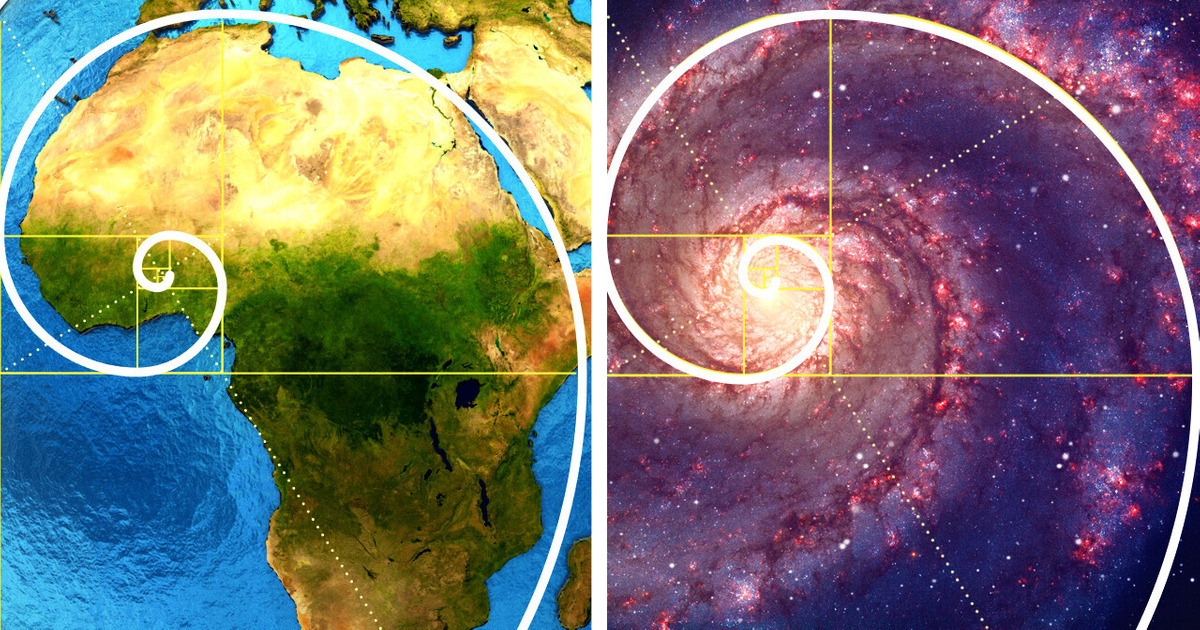
Let’s test to see how many spiral-shaped objects you can find around you right now. I bet there are more than you think. A spiral may be hidden in the flower petals of your houseplants. One might be staring at you from that seashell you brought home from your last trip to the beach. If none of these objects sound familiar, you might want to head over to the mirror, and turn to the side a bit. In case you haven’t noticed yet, even our own ears are shaped like a spiral!
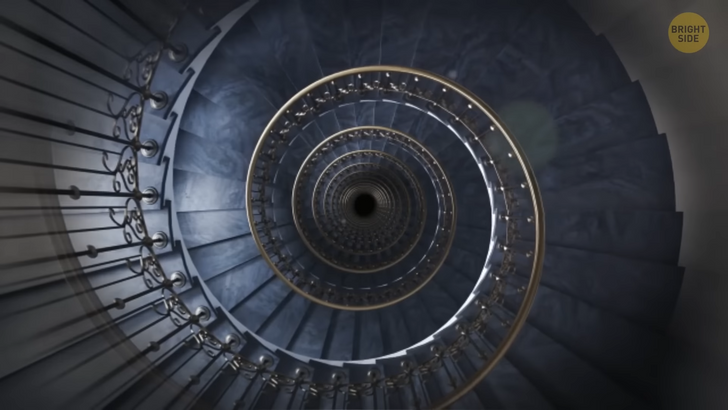
Why does mother nature seem to have such a preference for this shape? Many theories wish to explain this weird behavior. One of them is based on the Fibonacci sequence. This Italian mathematician didn’t really care much for spirals initially. He was studying rabbits when he came up with this theory.
Fibonacci came up with the sequence as a solution to a problem involving the growth of a population of rabbits. Let’s recreate his experiment! If you put a pair of rabbits in an enclosed space, how many pairs of rabbits will you find there after a year?
To solve this problem, Fibonacci proposed some conditions for his theoretical experiment. That all rabbits are born as a pair (one male, one female). Also, the rabbits can start reproducing after one month. More so, each pair of rabbits produces one pair of offspring each month. And lastly, none of the rabbits kicks the bucket by the end of the year.
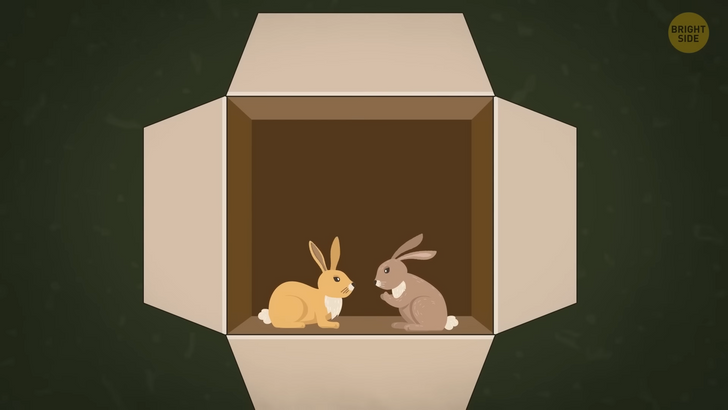
Using these assumptions, Fibonacci noticed the following sequence:1, 1, 2, 3, 5, 8, 13, 21, 34, 55, 89, 144, and so on. The first two numbers in the sequence (1, 1) represent the initial pair of rabbits. The next number (2) represents the number of pairs of rabbits after the first month (1 pair of the initial rabbits + 1 pair of offspring).
The fourth number (3) represents the number of pairs after the second month (2 pairs of the initial rabbits + 1 pair of offspring). And so on. He soon noticed that his series is made out of numbers in which each number is the sum of the previous two numbers.
A lot of other mathematicians have looked at this sequence over the years. They were soon surprised to discover that this system was found in many natural structures, such as the arrangement of leaves on a stem and the arrangement of seeds on a sunflower.
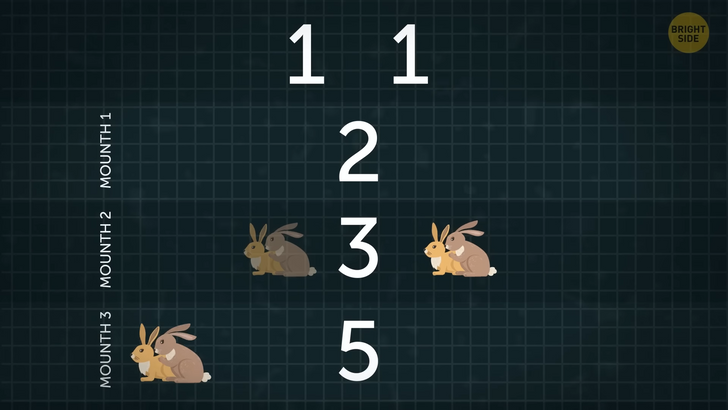
If you don’t understand why it is so, then grab a piece of paper and a pen. Together, let’s try to draw the Fibonacci spiral. You’ll have to start with a small circle at the center of your page and then draw larger circles around it — without lifting the pen from the paper — using the numbers from the Fibonacci sequence.
For example, the first circle is 0 units wide, the second circle is 1 unit wide, the third circle is 1 unit wide, and so on. As you keep adding more circles, they will fit together perfectly to form a spiral shape. The spiral gets bigger and bigger, but it always follows the same pattern based on the Fibonacci sequence.
Another famous “spiralist” was a man named James Bell Pettigrew. He was a Scottish naturalist that became fascinated by the mystery of the spiral shape, which he noticed almost everywhere in nature. He studied it at all scales, from giant nebulae in space to tiny molecules.
Despite his research, he couldn’t figure out where the spiral came from. He was sure that it couldn’t just be a physical thing, and he believed that organs in plants and animals are not only shaped like spirals, but they also work in a spiral way.
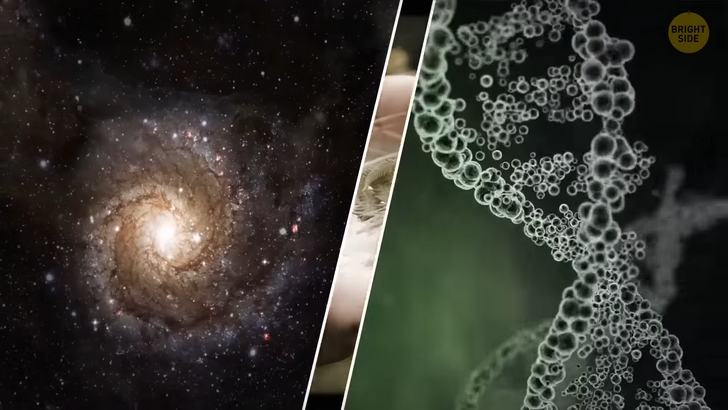
At the center of lifetime work on this unique shape was the human heart. Pettigrew believed that the heart’s spiral structure was the mystery of all mysteries. He also thought this shape was to blame for both its muscular contractions and how the blood seemed to travel within our mighty tickers.
The reason why the spiral seems to be everywhere might be really simple: efficiency! Take a look at the basic sunflower, for example. It “figured” out a way to display its seeds so that it could expose them to the sun equally, without wasting any space and without being limited in their growth.
Spiral stairs are another great example too. They just work better; you find it easier to climb them and they should take less space than the usual ones.
We also might be more inclined to notice this shape more than others. That’s because a spiral shape — or its proportions — is more aesthetically pleasing to the human eye. It’s the reason why interior designers, artists, or illustrators often use these principles in their work.
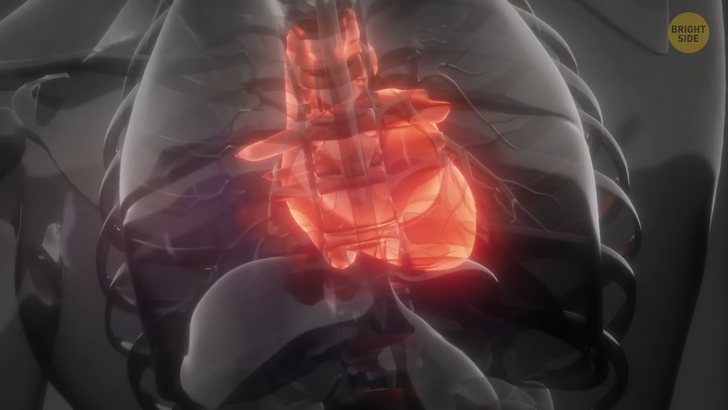
The spiral symbol is also the oldest symbol found in every civilized continent. Some historians believe that the spiral in Asian art may represent the sun, as it has been found on roof tiles from the Tang Dynasty near the ancient city of Chang’an.
It is also often found at burial sites and scientists believe it to represent the cycle of life, how we pass on, and somehow be reborn. This is probably because in some ancient civilizations people believed that the sun was born each day, extinguished itself each night, and was reborn the next day.
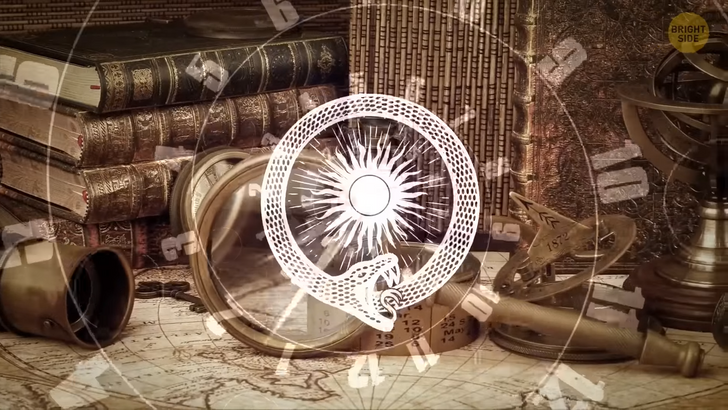
You might have also stumbled upon the spiral as a symbol of hypnosis and dizziness. There’s no real evidence that you can hypnotize someone by making them stare into a spiral for a certain time. But its effects on our abilities to focus and our optic nerves are significant.
After you’ve stared at a spinning spiral for quite some time, you’ll notice how objects either get smaller or bigger, depending on the direction of the spiral. It’s easy to understand why some experience this sensation as “hypnotizing”.
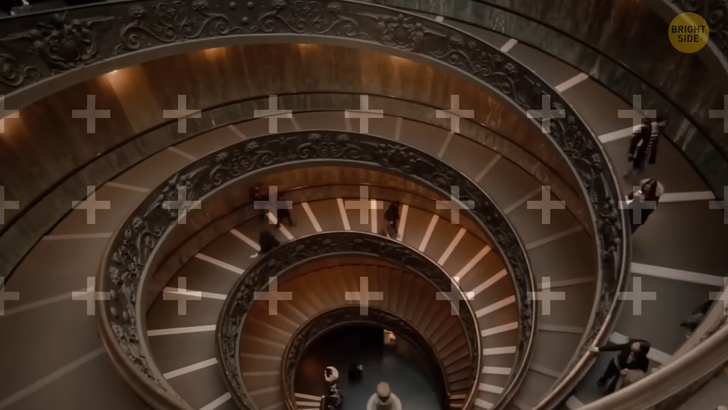
One of the most distinctive features of DNA is its spiral shape! It’s also called a double helix. The double helix is formed when two strands of DNA twist around each other, like a ladder being twisted into a spiral shape. This spiral shape is important for many reasons.
First, the spiral shape allows DNA to be compact and efficient. The double helix can pack a lot of genetic information into a small space, making it possible for cells to store vast amounts of genetic material in a small area.
Second, the spiral shape allows DNA to be flexible and responsive to changes in our environment. Because the double helix is made up of two strands that can move relative to each other, our DNA can change its shape. Finally, the spiral shape of DNA allows it to interact with other molecules in the cell.
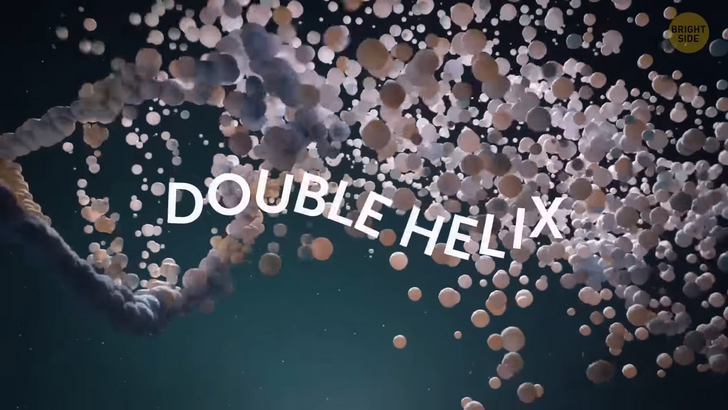
Let’s look at the big picture. I mean the biggest of them all, that of the galaxies found in our Universe. They are also shaped like a spiral due to their rotation and the presence of dark matter. As the galaxy spins, the stars and gas clouds within the galaxy move in a circular motion around its center. This movement creates a spiral shape as the stars and gas clouds are drawn toward the center of the whole system.
Additionally, the presence of dark matter, which is a type of matter that does not interact with light, creates gravitational forces that help to shape the galaxy into a spiral.
But you don’t need to look that far to understand why spirals are important. Your handy corkscrew is shaped like a spiral too because it makes it easier for you to open the wine bottle. That screw you drilled into the wall to hang a picture, also a spiral. It helps it with some added grip and stability.
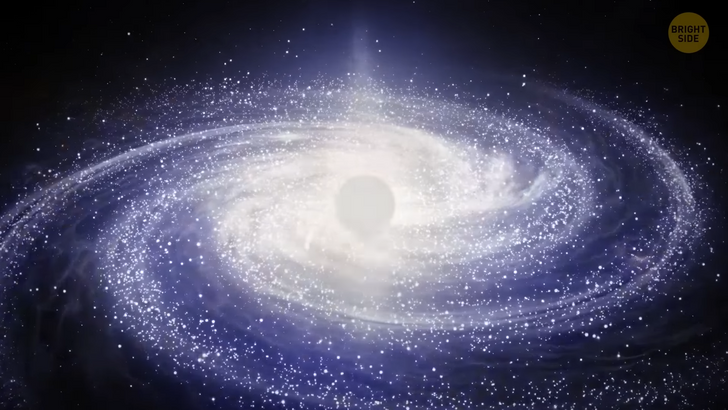
Got a notebook on your desk? Those pages might be held together by a spiraled wire. It makes it easier for you to browse the notebook without damaging the pages. Even your hair strands might have a curled shape. The curlier the hair, the drier it will be. It means it will get sebum from the scalp down on the strand slower, making it easier to maintain and clean. And before I spiral out of control, heh heh, we’re done here...











